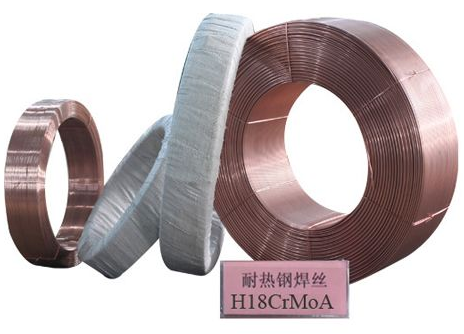Choosing the correct welding wire is a critical factor in achieving strong and durable welds on steel. The process requires careful consideration of various factors to ensure optimal performance and weld quality. Here's a comprehensive guide on how to choose the right welding wire for steel:
1. Identify the Steel Type
Understanding the type of steel you'll be welding is the first step. Different steel alloys have distinct compositions and welding requirements. Common types include mild steel, stainless steel, and high-strength low-alloy steel. Check the material specifications or consult with suppliers to determine the specific type of steel you are working with.
2. Wire Diameter
Welding wires come in various diameters, and selecting the right size is crucial for achieving proper weld penetration and deposition. Refer to the welding procedure specification (WPS) or consult welding charts to determine the recommended wire diameter based on the thickness of the steel being welded. Consider the welding machine's capabilities in handling specific wire sizes.
3. Wire Type: Solid or Flux-Cored
Decide between solid wire and flux-cored wire based on your specific welding application. Solid wire is suitable for general-purpose welding on clean surfaces, while flux-cored wire is ideal for welding on dirty or rusty steel surfaces. Flux-cored wire also provides better penetration and is often used for structural welding.

Heat Resistance Steel Welding Wire
4. Shielding Gas Compatibility
If you are using solid wire, you will need a shielding gas to protect the weld pool from atmospheric contamination. Common shielding gases for steel welding include carbon dioxide (CO2), argon (Ar), and a mix of both (CO2/Ar). Check the wire manufacturer's recommendations for the appropriate shielding gas and its ratio for the specific wire you are using.
5. Consider the Welding Position
Welding can be done in various positions, such as flat, horizontal, vertical, and overhead. Different wires are designed for optimal performance in specific positions. Choose a welding wire that suits the welding positions you anticipate for your project. This information is typically available in the wire manufacturer's specifications.
6. Understand Wire Coating and Alloying Elements
Examine the coating and alloying elements of the welding wire. The coating influences arc stability, weld penetration, and bead appearance. Alloying elements affect the mechanical properties of the weld, such as strength and ductility. Refer to the wire manufacturer's documentation to understand the composition of the welding wire and how it aligns with your welding requirements.
7. Evaluate Brand Reputation and Quality
Consider the reputation of the welding wire manufacturer. Established and reputable brands often prioritize quality control, ensuring consistent performance and adherence to specifications. Read customer reviews and seek recommendations from experienced welders to gauge the reliability and performance of different welding wire brands.
8. Cost Considerations
While quality is paramount, it's essential to consider the overall cost of the welding wire. Evaluate the cost per unit and assess whether any potential increase in performance justifies the price. Factor in the wire's efficiency, deposition rates, and the overall quality of welds it produces.
Conclusion
Choosing the right welding wire for steel involves a systematic evaluation of factors such as steel type, wire diameter, wire type, shielding gas compatibility, welding position, coating, alloying elements, brand reputation, and cost. By carefully considering these elements, welders can make informed decisions that contribute to achieving high-quality and reliable welds in various steel welding applications.






